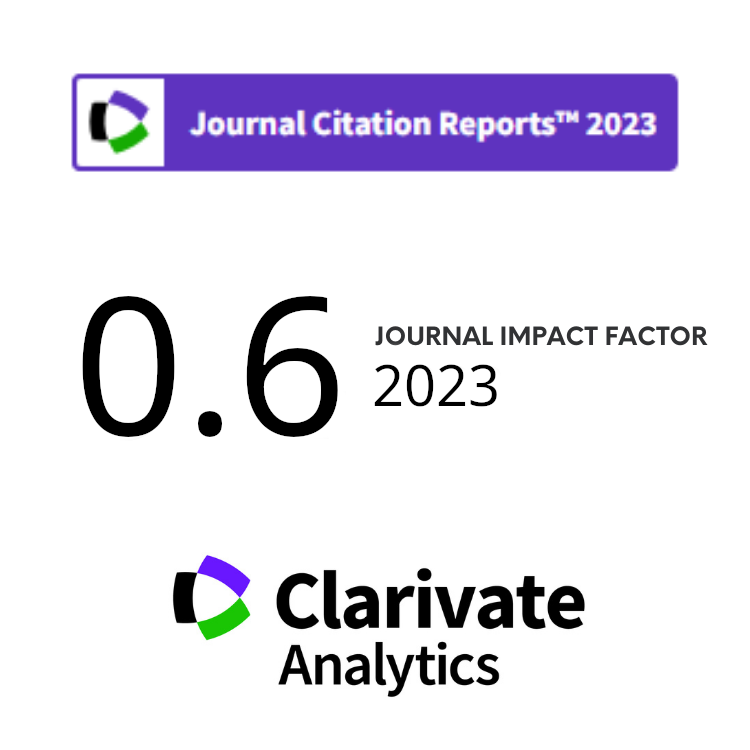PHITS-Based Simulation of Dose Distributions and Secondary Particle Fluence from Light and Heavy Ions at Therapeutic Energies in a Water Phantom
Abstract
Keywords
Full Text:
PDFReferences
M. C. Frese, K. Y. Victor, R. D. Stewart et al., Int. J. Radiat. Oncol. Biol. Phys. 83 (2012) 442.
Y. Zhang, P. Trnkova, T. Toshito et al., Phys. Imaging Radiat. Oncol. 26 (2023) 100439.
J. Xu, M. Song, Z. Fang et al., J. Controlled Release 353 (2023) 699.
K. Parodi, A. Mairani, S. Brons et al., Phys. Med. Biol. 57 (2012) 3759.
F. Padilla-Cabal, M. Pérez-Liva, E. Lara et al., J. Radiother. Prac. 14 (2015) 311.
H. Zaidi and P. Andreo, Monte Carlo Calculations in Nuclear Medicine, 2nd ed, IOP Publishing, 2022.
D. Sheikh-Bagheri and D. W. O. Rogers, Med. Phys. 29 (2002) 391.
M. K. Fix, P. J. Keall, K. Dawson et al., Med. Phys. 31 (2004) 3106.
O. E. Durán-Nava, E. Torres-Garcı́a, R. Oros-Pantoja et al., J. Phys.: Conf. Ser. (2019) 012079.
B. T. Hung, T. T. Duong, and B. N. Ha, Atom Indones. 49 (2023) 13.
R. Sapundani, R. Ekawati, and K. M. Wibowo, Atom Indones. 47 (2021) 199.
F. Kurniati, F. P. Krisna, J. Junios et al., Atom Indones. 47 (2021) 205.
T. Tessonnier, A. Mairani, S. Brons et al., Phys. Med. Biol. 62 (2017) 3958.
D. Schulz-Ertner and H. Tsujii, J. Clin. Oncol. 25 (2007) 953.
O. Jakel, State of the Art in Hadron Therapy, in: AIP Conference Proceedings, 958 (2007) 70.
T. Sato, K. Niita, N. Matsuda et al., Overview of Particle and Heavy Ion Transport Code System PHITS, in: Proceedings of SNA + MC 2013 - Joint International Conference on Supercomputing in Nuclear Applications and Monte Carlo (2014) 06018.
T. Sato, Y. Iwamoto, S. Hashimoto et al., J. Nucl. Sci. and Technol. 55 (2018) 684.
M. Puchalska and L. Sihver, Phys. Med. Biol. 60 (2015) N261.
D. R. Pamisa, V. Convicto, A. Lintasan et al., J. Phys.: Conf. Ser. 1505, (2020) 012010.
V. Convicto, D. R. Pamisa, A. Lintasan et al., J. Phys.: Conf. Ser. 1505 (2020) 012009.
DOI: https://doi.org/10.55981/aij.2025.1643
Copyright (c) 2025 Atom Indonesia

This work is licensed under a Creative Commons Attribution-NonCommercial-ShareAlike 4.0 International License.












